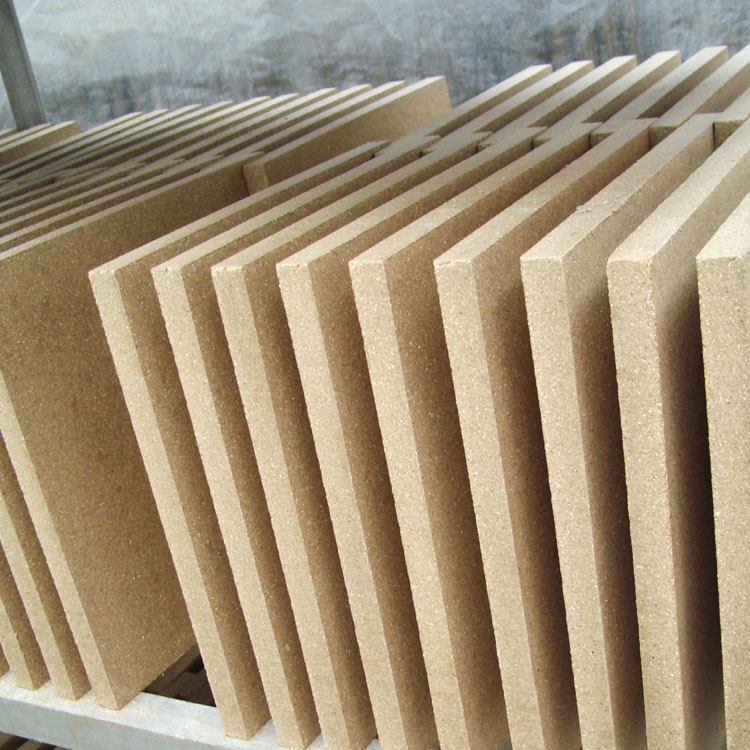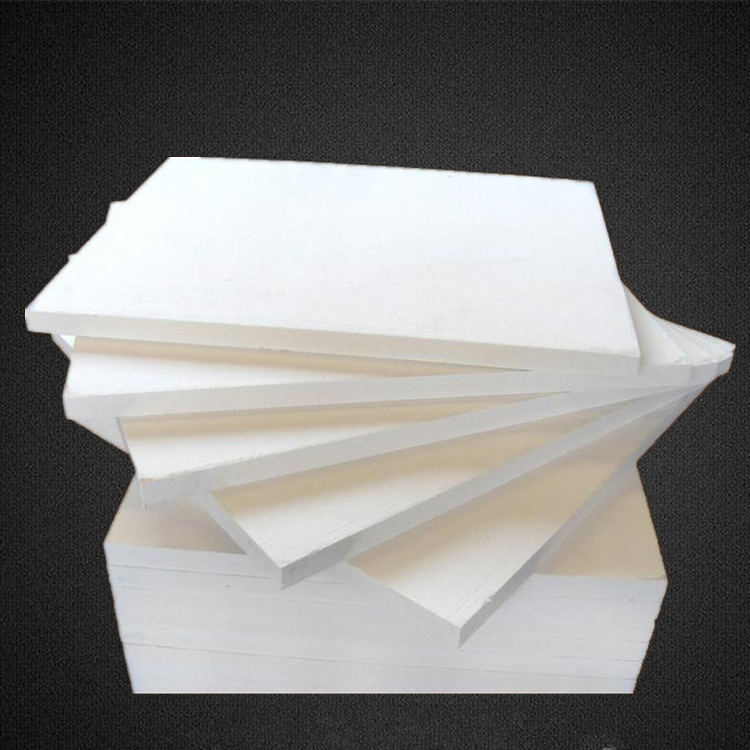Steel ladle baking processes often confront challenges such as slow temperature ramp-up and uneven thermal distribution, leading to production inefficiencies and compromised steel quality. Addressing these bottlenecks, insulation structure optimization emerges as a pivotal technical advancement in the steel manufacturing industry. This article explores advanced solutions, notably the application of Sunrise high-performance vermiculite ladle insulation boards featuring enhanced alumina content, which significantly improve thermal management and baking efficiency by reducing insulation thickness.
Traditional ladle insulation systems often utilize thick refractory layers to minimize heat loss. However, excessive insulation thickness can inadvertently prolong heating times due to reduced thermal conductivity and uneven heat distribution across the ladle shell. These limitations exacerbate energy consumption and disrupt steady production pacing.
Industry data indicate that reducing insulation thickness by approximately 20-30%, when paired with advanced refractory materials, can shorten baking cycles by up to 15-20%. This improvement directly translates into enhanced throughput without compromising thermal consistency.
Optimizing the insulation layer involves adopting a multi-tiered architecture tailored to balance heat retention and conduction. The outer layers are engineered for thermal protection, while the inner layers incorporate materials with superior heat transfer properties. This stratified approach addresses heat flux variances and common hotspots, streamlining the baking curve.
The key to success lies in leveraging Sunrise’s vermiculite insulation boards enriched with high-purity alumina. The increased alumina content bolsters refractory strength and thermal stability, enabling insulation panels to maintain structural integrity under cyclic thermal stresses while ensuring efficient heat retention.
| Parameter | Traditional Insulation | Optimized Sunrise Insulation | Improvement |
|---|---|---|---|
| Insulation Thickness (mm) | 50 | 35 | 30% reduction |
| Average Baking Time (hours) | 8.0 | 6.5 | 18.75% faster |
| Temperature Uniformity (°C) | ±30 | ±15 | 50% improved |
These figures are derived from rigorous field testing in several steel plants implementing the insulation upgrade alongside tailored baking schedules.

Beyond physical insulation design, refining baking parameters such as temperature ramp rates and dwell times is crucial. An adaptive control strategy that integrates real-time temperature profiling can optimize heat input, reducing energy waste and preventing overheating.
Recommendations include:

This enhanced baking approach not only stabilizes steel properties but also aligns with contemporary industry demands for sustainable and cost-effective steel production.
For steel manufacturing operations seeking to elevate ladle baking efficiency and energy savings, the Sunrise High-Performance Refractory Solutions provide a scientifically validated pathway to measurable improvements without compromising durability or process stability.


